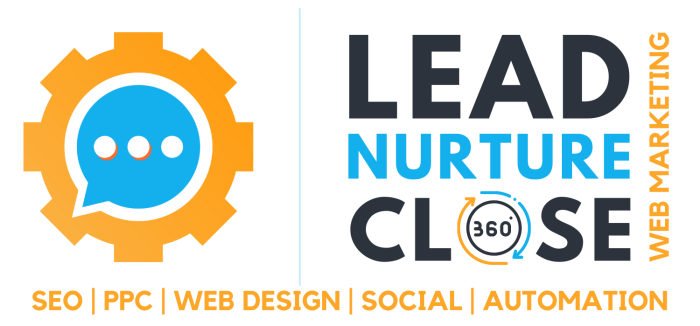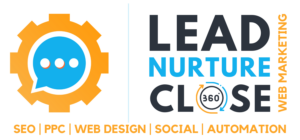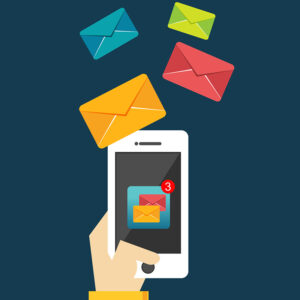In the fast-paced world of marketing, numbers speak louder than words. But, how do we decipher what these numbers are saying? Isn’t it perplexing when you’re spending hours planning and executing marketing campaigns, yet you’re uncertain about their true effectiveness? To ease this conundrum, we need something more tangible, something quantifiable. Enter the realm of tracking your marketing effectiveness.
Tracking is not just about numbers; it’s about making sense of those numbers. You see, numbers are like the paint on an artist’s palette—colorful and vibrant. But, it’s the artist who blends them together to create a masterpiece. Similarly, understanding the metrics behind your marketing activities can help you paint a clearer picture of your business landscape.
Why is Tracking Marketing Effectiveness Important?
Have you ever walked blindly into a maze, hoping to find an exit? We bet you haven’t. So why would you take a similar approach with your marketing efforts? Marketing without metrics is like sailing without a compass. You might drift along, but you’re unlikely to reach your desired destination. Tracking the effectiveness of your marketing campaigns will provide you with the data needed to make informed decisions, allowing you to optimize for future success.
1. Conversion Rate: The Golden Metric
It’s no secret that conversion rate is one of the key metrics in marketing. Conversion rate is simply the percentage of visitors who take the action you want them to take. This could be signing up for a newsletter, making a purchase, or even clicking a link. Think of conversion rate as the ‘batting average’ in baseball. A high batting average means you’re hitting more home runs, which in this context means gaining more customers.
2. ROI (Return on Investment): The Reality Check
How do you know if you’re getting bang for your buck? ROI is your answer. By calculating the ratio of profit to the cost of your marketing initiatives, you’ll have a realistic snapshot of success or failure. In a way, ROI is like your report card after an exam; it shows you where you stand and how much more you need to improve.
3. Customer Lifetime Value (CLV): The Long Game
Not all customers are equal. Some might make a one-time purchase, while others could become brand ambassadors. This is where Customer Lifetime Value comes in. CLV calculates the total worth a customer brings to your business over an extended period. Imagine if customers were books; some would be one-page flyers while others would be lengthy novels. CLV helps you identify which is which.
4. Social Media Engagement: The Litmus Test
Scrolling through your social media feeds, you often hit ‘like’ or ‘share,’ don’t you? These small interactions are the cornerstone of social media engagement metrics. They offer insights into how your content resonates with your audience. Are you the life of the social media party, or are you standing alone by the snack table?
5. Bounce Rate: The Exit Sign
Visitors landing on your website and leaving almost immediately is never a good sign. Your bounce rate gives you an indication of how compelling your website is. Think of it as getting immediate feedback from a first date—either they’re interested, or they’re not.
6. Email Open and Click-Through Rates: The Digital Handshake
Email marketing is far from dead. By tracking email open rates and click-through rates, you get a pulse on how effective your emails are. A high open rate and a high click-through rate signify that your email marketing strategy is on point, much like a firm handshake during a business meeting.
In Summary
Tracking the effectiveness of your marketing doesn’t have to be overwhelming. Through metrics like conversion rate, ROI, CLV, social media engagement, bounce rate, and email metrics, you can fine-tune your marketing strategies to better meet your goals. Remember, the art of effective marketing lies in deciphering the story that the numbers tell. So, are you ready to become the artist of your own marketing masterpiece?
Frequently Asked Questions
What is the importance of tracking conversion rate in marketing?
Conversion rate acts as a critical indicator of how effectively you’re converting potential leads into customers. It gives you a snapshot of your campaign’s effectiveness.
Can ROI be a misleading metric?
ROI is generally a reliable metric, but it can be misleading if you’re not considering the time factor. An investment may show good ROI in the short term but fail to sustain that performance over the long term.
What is Customer Lifetime Value (CLV) and why does it matter?
CLV is a prediction of the total value a customer will bring to your business over the entire lifetime of the relationship. It helps in segmenting customers based on their value, aiding in more targeted marketing.
How can I improve my social media engagement?
Consistency, quality content, and interaction with the audience are key factors that can help improve social media engagement.
What is a good email click-through rate?
A good click-through rate can vary depending on the industry, but generally, a rate between 2-4% is considered healthy. And there we have it, your complete guide to tracking the effectiveness of your marketing campaigns. Is your interest piqued? Are you ready to dive into the numbers and craft your masterpiece? We hope so because the canvas is ready, and so is the palette; all that’s missing is the artist.

















